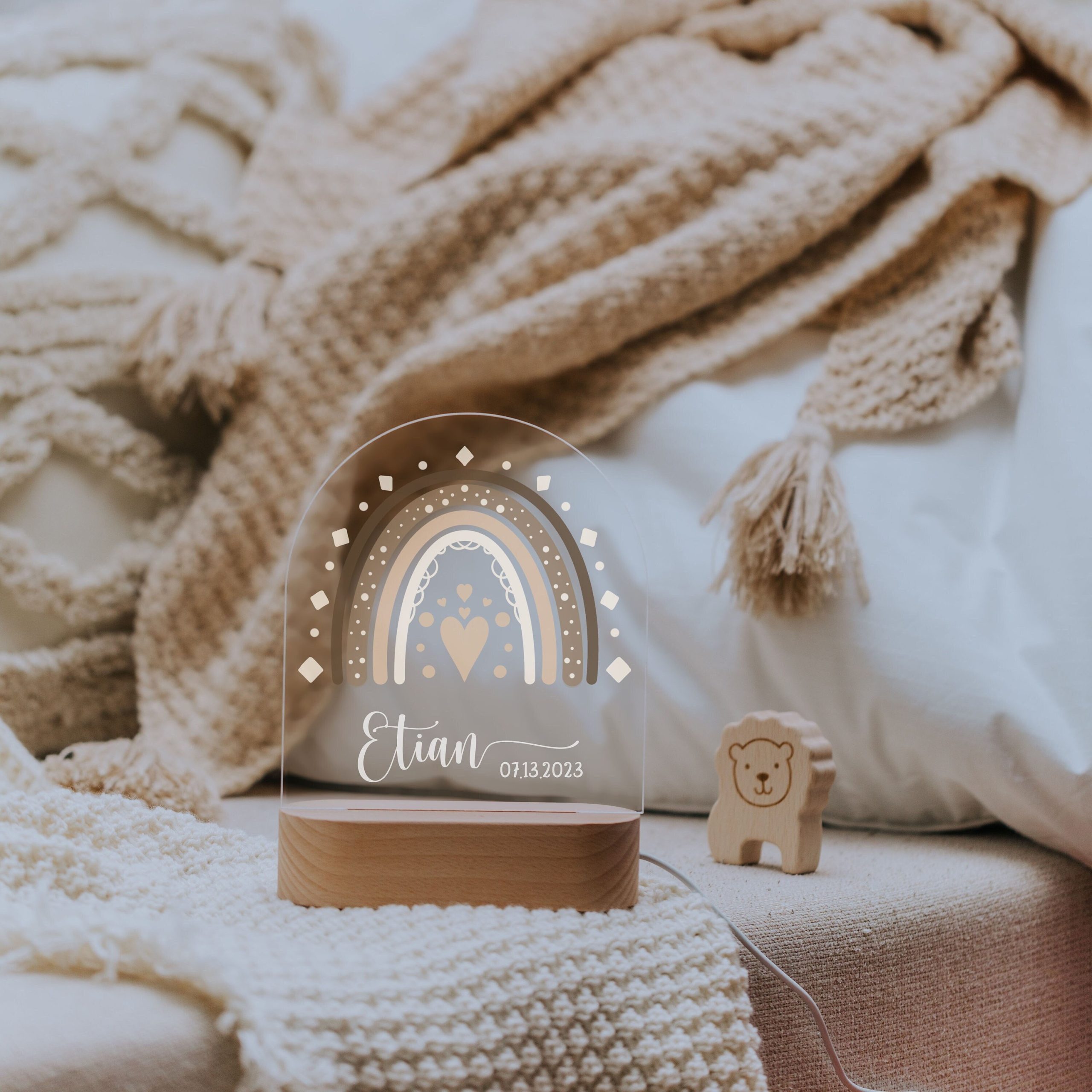Is Personalised Gifts A Scam?
페이지 정보

본문
The Tudor era is often regarded as the starting point for formal garden design in Britain. Influenced by Italian Renaissance gardens, Tudor gardens were characterized by their symmetrical layouts, geometric patterns, and elaborate topiary. These gardens were often seen as extensions of the grand estates on which they were located, serving as status symbols for their wealthy owners.
1. Watering: One of the most common mistakes people make with houseplants is overwatering. Most plants prefer to dry out slightly between waterings, so be mindful not to water your plants too frequently. The best way to test if your plant needs water is to stick your finger into the soil - if it feels dry an inch below the surface, it's time to water.
If you have a bright, sunny spot in your home, you may want to consider plants that require high light levels, such as the Fiddle Leaf Fig or the Ponytail Palm. On the other hand, if you have a low-light room, you can opt for plants that can tolerate shade, such as the Cast Iron Plant or the ZZ Plant.
In the 20th century, garden design in Britain began to reflect a more eclectic and diverse range of influences. Modernist architects such as Le Corbusier and Frank Lloyd Wright began to play a role in garden design, with a focus on simplicity, functionality, and the integration of indoor and outdoor spaces.
In conclusion, houseplants are a simple yet effective way to enhance our homes and improve our well-being. From their air-purifying and mood-boosting benefits to their aesthetic appeal and ability to connect us to nature, houseplants offer a multitude of advantages that make them a valuable addition to any indoor space. By choosing the right plants for your home, providing them with the right care and attention, and creating a green oasis that reflects your personal style, you can enjoy the many benefits that houseplants bring to your life. So why not bring a touch of nature indoors and transform your home into a green paradise with the power of houseplants?
The Renaissance period saw a revival of classical garden design principles, inspired by the writings of Roman authors such as Vitruvius and Pliny. Italian Renaissance gardens, such as those at Villa d'Este and Villa Lante, featured formal layouts, axial symmetry, terraced levels, and elaborate water features. These gardens were designed to impress and delight visitors, showcasing the wealth and culture of their owners.
Houseplants have become increasingly popular in recent years, with many people recognising the numerous benefits they bring to both our homes and our well-being. From improving air quality to boosting mental health, the humble houseplant is a simple yet effective way to add a touch of nature to our indoor spaces.
Today, garden design in Britain continues to evolve, with a growing emphasis on sustainability, biodiversity, and the integration of technology into garden spaces. Urban gardening has become increasingly popular in recent years, as city dwellers seek to reconnect with nature and create green spaces in their communities.
3. Improved indoor air quality: Houseplants release oxygen and increase humidity levels in the air, which can improve overall indoor air quality. This is especially beneficial in homes with poor ventilation or in urban areas with high levels of air pollution.
4. Fertilizer: During the growing season, tropical houseplants benefit from regular feeding with a balanced fertilizer. Be sure to follow the instructions on the fertilizer packaging and avoid over-fertilizing, which can harm your plants.
Contemporary garden design often combines elements of art, personalised Gifts uk architecture, horticulture, and ecology, in a seamless integration of form and function. Designers work with a diverse palette of materials, plants, and techniques, to create gardens that are both aesthetically pleasing and ecologically responsible. Water conservation, native plantings, wildlife habitats, and organic gardening are just a few of the key considerations in contemporary garden design.
Another factor to consider is the level of humidity in your home. Many houseplants, especially tropical varieties, thrive in humid environments. If your home tends to be on the dry side, you may want to consider investing in a humidifier or grouping your plants together to create a mini greenhouse effect.
In addition to their air-purifying and mood-boosting benefits, houseplants can also enhance the aesthetic appeal of our homes. With a wide variety of shapes, sizes and colours to choose from, houseplants can be used to add a touch of greenery to any room, whether it be a small succulent on a windowsill or a large fiddle-leaf fig in a corner. Plants can also be used to create focal points and add interest to a space, transforming blank walls and empty corners into vibrant and inviting areas that reflect our individual style and personality.
 One of the most famous examples of Tudor garden design is Hampton Court Palace, which boasts a magnificent array of formal gardens, including the famous knot garden and the Great Vine. These gardens were meticulously planned and maintained, with every plant and tree placed with precision to create a sense of order and symmetry.
One of the most famous examples of Tudor garden design is Hampton Court Palace, which boasts a magnificent array of formal gardens, including the famous knot garden and the Great Vine. These gardens were meticulously planned and maintained, with every plant and tree placed with precision to create a sense of order and symmetry.
- 이전글Top 10 Tips For Choosing A Web Design Service 24.09.13
- 다음글Reorganize Your Garage - Decluttering 24.09.13
댓글목록
등록된 댓글이 없습니다.

